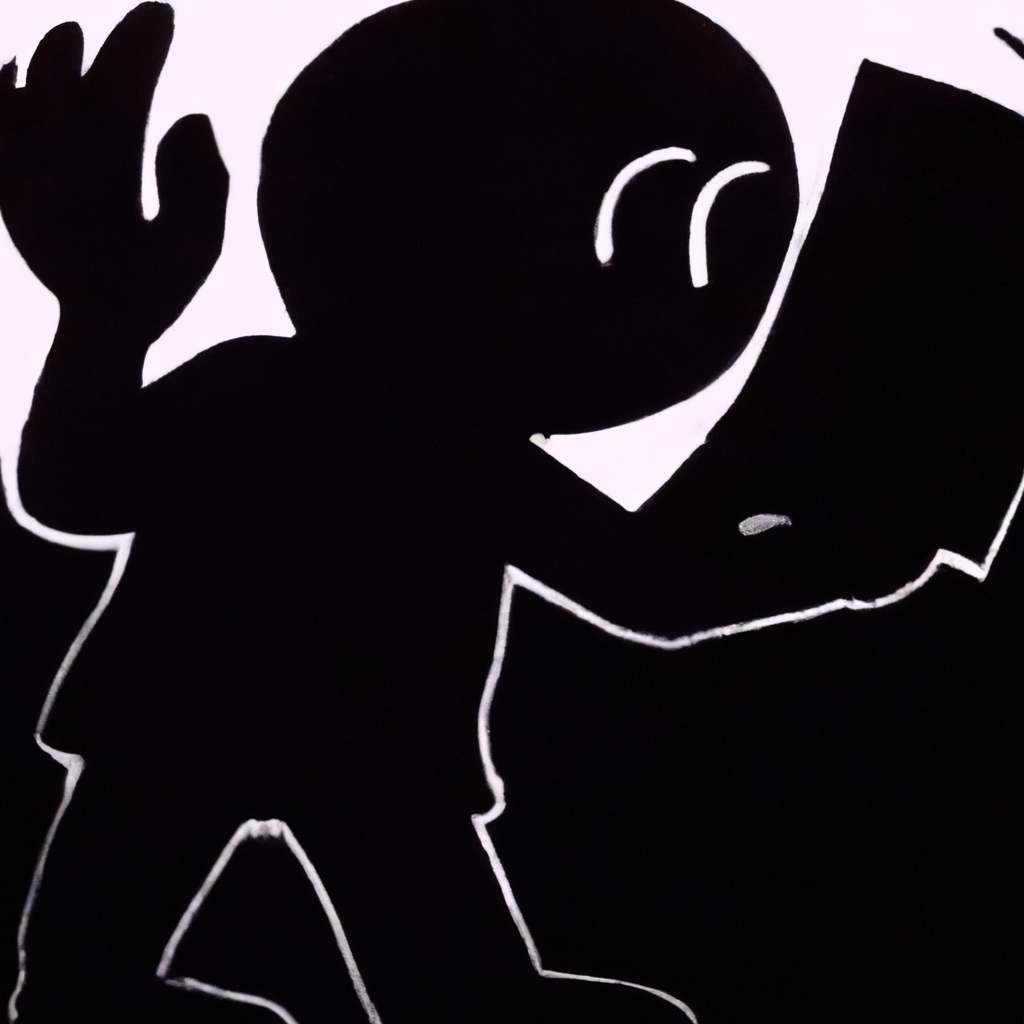
Illustrating Children’s Books: A Step-by-Step Guide

Illustrating children’s books is a creative and rewarding endeavor that requires a combination of artistic skills, storytelling abilities, and an understanding of the target audience. Whether you are an aspiring illustrator or an author looking to collaborate with an illustrator, this step-by-step guide will provide valuable insights and practical tips to help you bring your children’s book to life.
1. Understand the Target Audience
Before diving into the illustration process, it is crucial to have a clear understanding of the target audience for your children’s book. Consider the age group, interests, and reading level of the children you are targeting. This knowledge will guide your artistic choices and ensure that your illustrations resonate with the intended readers.
For example, if you are creating a picture book for toddlers, bright and bold illustrations with simple shapes and minimal details would be more appropriate. On the other hand, if your book is aimed at older children, you may want to incorporate more intricate illustrations with richer colors and textures.
2. Develop a Visual Style
Developing a consistent visual style is essential for creating a cohesive and engaging children’s book. Experiment with different art techniques, mediums, and color palettes to find a style that complements your story and resonates with your target audience.
Take inspiration from existing children’s books and illustrators, but also strive to bring your unique voice and perspective to your illustrations. This will help your book stand out and create a memorable reading experience for children.
3. Create Character Designs
Characters play a central role in children’s books, so it is important to invest time and effort into creating compelling and relatable characters. Start by sketching rough ideas and exploring different personalities, expressions, and body shapes.
Once you have a few character concepts, refine them further by adding details, experimenting with different poses, and considering how they interact with the story. Aim for characters that are visually appealing, expressive, and capable of conveying emotions effectively.
For example, in the beloved children’s book “The Very Hungry Caterpillar” by Eric Carle, the main character is a caterpillar with a distinctive and recognizable design. The simple yet vibrant illustrations of the caterpillar’s transformation captivate young readers and enhance the storytelling experience.
4. Plan the Layout
The layout of your children’s book is crucial for maintaining a smooth flow of the story and keeping young readers engaged. Consider the pacing, page turns, and the relationship between text and illustrations.
Sketch out a storyboard or a dummy book to visualize the placement of illustrations and text on each page. This will help you identify any potential issues and make necessary adjustments before moving forward with the final illustrations.
5. Add Color and Texture
Color and texture can greatly enhance the visual appeal and emotional impact of your illustrations. Experiment with different color schemes and consider how they contribute to the overall mood and atmosphere of your story.
Textures can also add depth and interest to your illustrations. Whether you choose to create textures digitally or through traditional mediums, they can bring your illustrations to life and make them more tactile for young readers.
6. Incorporate Storytelling Elements
Illustrations in children’s books are not just decorative; they also serve as visual storytelling tools. Consider how your illustrations can enhance the narrative, convey emotions, and provide additional context to the text.
For example, you can use visual cues to show the passage of time, depict the characters’ emotions, or highlight important details in the story. This will create a more immersive reading experience and help children better understand and connect with the narrative.
7. Seek Feedback and Iterate
Once you have completed your illustrations, it is important to seek feedback from trusted sources, such as fellow illustrators, authors, or even your target audience. Their insights can provide valuable perspectives and help you identify areas for improvement.
Consider joining critique groups or seeking professional feedback to refine your illustrations further. Iteration is a crucial part of the creative process, and incorporating feedback can elevate the quality of your illustrations and make your children’s book even more compelling.
8. Collaborate with Authors and Publishers
If you are an illustrator looking to collaborate with an author, or an author seeking an illustrator for your children’s book, networking and building connections within the publishing industry is essential.
Attend book fairs, join online communities, and reach out to authors or publishers who align with your artistic style and vision. Building a strong professional network can open doors to exciting opportunities and help you find the perfect match for your creative collaboration.
Summary
Illustrating children’s books is a multi-faceted process that requires careful consideration of the target audience, the development of a unique visual style, and the creation of compelling characters and illustrations. By following these step-by-step guidelines, you can bring your children’s book to life and create a captivating reading experience for young readers.
